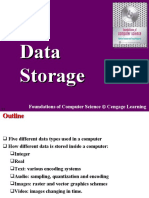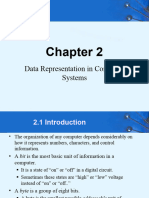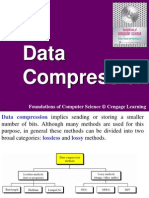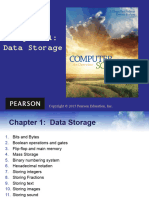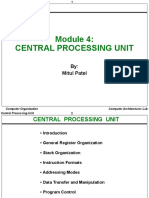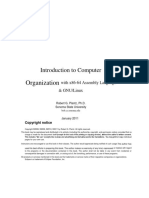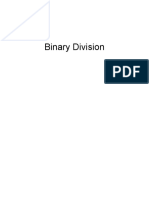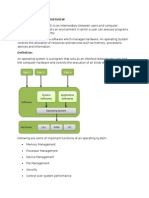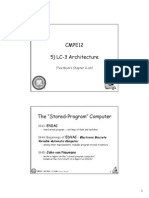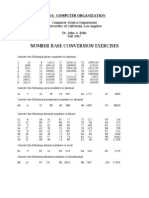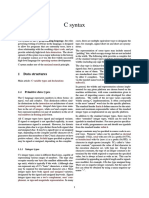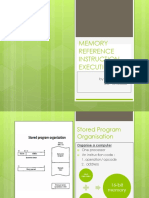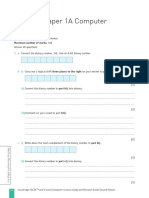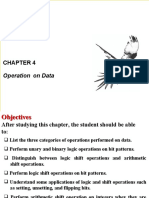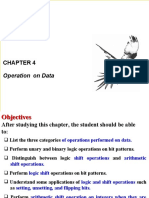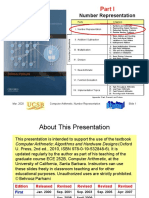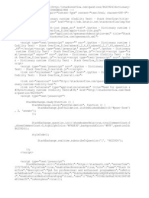0% found this document useful (0 votes)
187 views52 pagesIntroduction To Computer Science 4
The document discusses various operations performed on data at the bit level, including logic operations, shift operations, and arithmetic operations on integers and floating-point numbers. It provides examples of applying logic operations like NOT, AND, OR, and XOR to individual bits and bit patterns. Shift operations include logical and arithmetic shifts. Arithmetic operations on integers in two's complement format are demonstrated through addition, subtraction, and handling overflow cases. Three categories of operations - logic, shift, and arithmetic - are covered along with examples of applying each type of operation.
Uploaded by
namchautucongtuCopyright
© © All Rights Reserved
We take content rights seriously. If you suspect this is your content, claim it here.
Available Formats
Download as PPT, PDF, TXT or read online on Scribd
0% found this document useful (0 votes)
187 views52 pagesIntroduction To Computer Science 4
The document discusses various operations performed on data at the bit level, including logic operations, shift operations, and arithmetic operations on integers and floating-point numbers. It provides examples of applying logic operations like NOT, AND, OR, and XOR to individual bits and bit patterns. Shift operations include logical and arithmetic shifts. Arithmetic operations on integers in two's complement format are demonstrated through addition, subtraction, and handling overflow cases. Three categories of operations - logic, shift, and arithmetic - are covered along with examples of applying each type of operation.
Uploaded by
namchautucongtuCopyright
© © All Rights Reserved
We take content rights seriously. If you suspect this is your content, claim it here.
Available Formats
Download as PPT, PDF, TXT or read online on Scribd
/ 52
